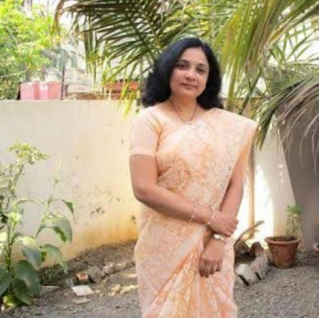I was fortunate to meet James Bradbury, a PhD student from Manchester University, when he was doing field studies in and around Kolkata a few years ago. Within a few months, James became reasonably proficient in Bangla and made lots of friends here. Clearly, he was learning not just from printed letters; he was trying to understand the city through experiential learning.
Today, I happened to re-read one of his essays. On 14 September 2020, James wrote this about Kolkata:
“Once the seat of power in colonial India, Kolkata has once again moved to the center of the nation’s political life. Now, it is integral to a struggle to define the Indian nation. What engenders this struggle in the first place is arguably Kolkata’s living repository of experiences, memories, and ideas—everything that the city preserves and that contradicts the BJP’s political agenda. This political tradition is kept alive in the chatter of the city’s coffee houses, tea shops, and campuses, and lodged in the collective memories of independence, displacement, resettlement, and renewal.
“And it is indeed fragile. As the BJP’s electoral juggernaut rolls eastward, it will inevitably alter Kolkata’s political culture: Hindu nationalism will play a greater role in coming years, stirring up underlying religious tensions and politicizing questions of citizenship and belonging along the border. But this vision of India will also face a natural bulwark in the refugee megacity, where some voters and activists will stubbornly adhere to their time-honed ideas and reject attempts to rule them by sowing divisions. Kolkata may, in this process, rekindle some of the rebellious energy that has characterized its history. In its midst, it continues to shelter ideas that were important to India’s nation-making past, and which are likely to re-emerge in one form or another to shape its future.”
The result of the recent election in West Bengal has flummoxed pundits of all persuations. Except for Prashant Kishore and – I can say now – James Bradbury, NOBODY could foresee the future in such clear terms. Kolkata has indeed rekindled “some of the rebellious energy that has characterized its history.”
As a social scientist, James Bradbury shows tremendous prescience to predict what has been happening in Bengal today. Take a bow, James!
I would
strongly recommend that you invest a little time to read it. If you do, you
shall get some clarity about the history of West Bengal and also a partial answer
to the question why a state with such a large population of Hindu refugees uprooted
by Muslims have always kept communal political parties like the Hindu Mahasabha,
Jan Sangh, and now BJP, at arm’s length. Happy reading!
Here’s the link to the essay.
21 May 2021


